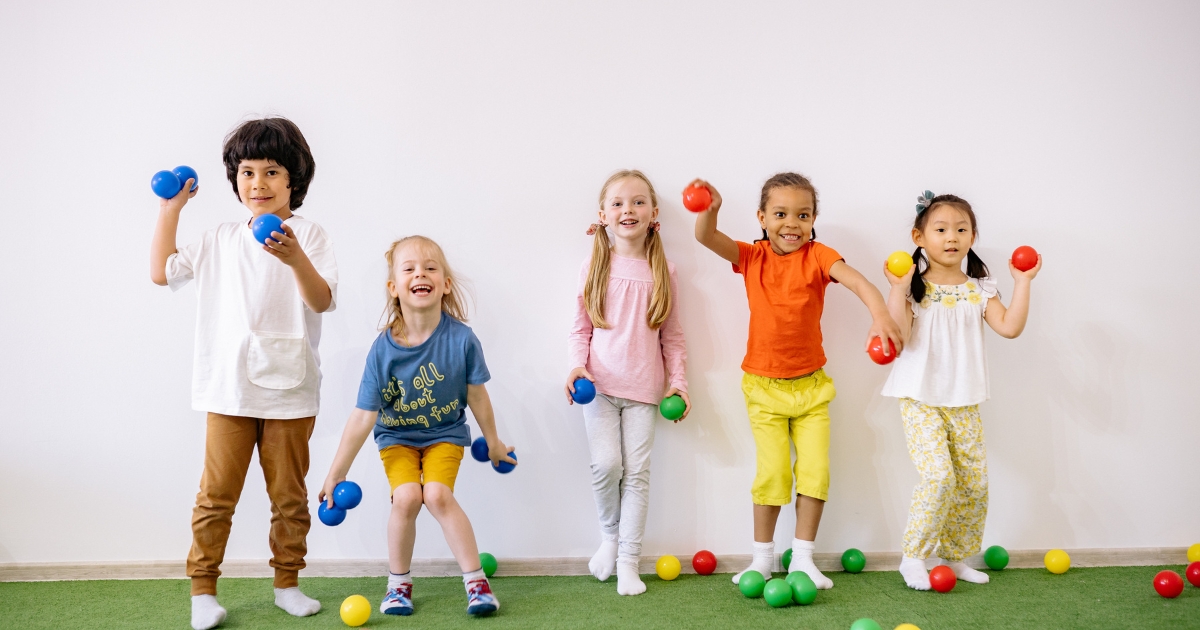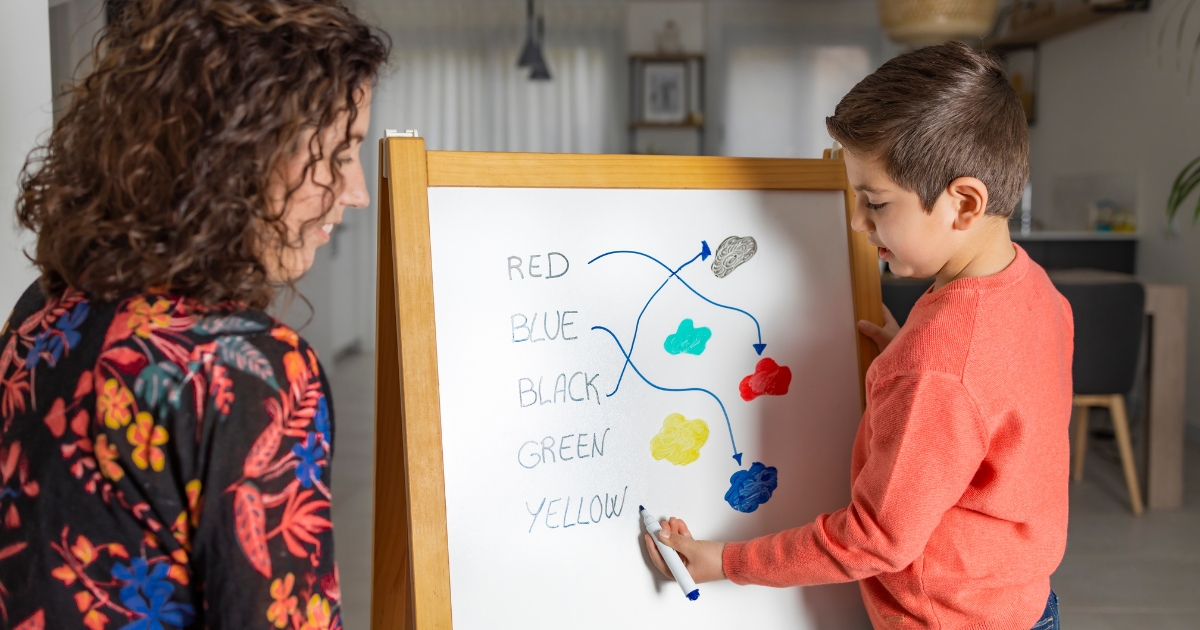Homeschooling with preschoolers presents unique challenges that many families face when trying to balance multiple grade levels. You might find yourself in the middle of explaining fractions to your third-grader when your four-year-old decides it’s the perfect time to create a masterpiece with finger paints on your dining room wall. This scenario plays out in countless homeschool households across the country, leaving parents feeling overwhelmed and questioning their ability to manage it all.
The reality is that preschoolers have different developmental needs and attention spans compared to older children. While your elementary or middle school students can work independently for extended periods, your preschooler requires more hands-on attention and frequent activity changes. This doesn’t mean you need to abandon your homeschool dreams or feel guilty about not giving everyone equal attention every moment of the day.
Successful multigrade homeschooling with preschoolers involves strategic planning, creative solutions, and realistic expectations. You’ll learn to work with your preschooler’s natural rhythms rather than against them, creating an environment where all your children can thrive academically and socially. The key lies in understanding that homeschooling with preschoolers requires a different approach than traditional single-grade teaching methods.
Creating Independent Learning Stations For Older Students
When homeschooling with preschoolers, establishing independent learning stations becomes crucial for managing your time effectively. These stations allow your older children to continue their education while you attend to your preschooler’s immediate needs. Think of these stations as self-contained learning environments that require minimal adult supervision once properly set up.
Academic Station Setup:
- Create a designated workspace with all necessary supplies within reach
- Provide clear, written instructions for each subject or activity
- Include answer keys for self-checking when age-appropriate
- Set up audio or video lessons that older children can follow independently
- Establish a system for marking completed work and moving to the next activity
Technology Integration:
- Use educational apps and online programs that track progress automatically
- Set up tablets or computers with headphones to minimize distractions
- Create playlists of educational videos related to current curriculum topics
- Utilize typing programs or coding activities that engage older students
- Implement digital flashcard systems for vocabulary or math fact practice
Rotation System Implementation:
- Design 20-30 minute activity blocks to match preschooler attention spans
- Create visual schedules that older children can follow independently
- Include both academic and creative stations to maintain engagement
- Plan physical movement breaks between sedentary activities
- Establish clear signals for when to transition between stations
The success of independent learning stations depends on thorough preparation and consistent routines. Your older children will need training on how to use these stations effectively, but once established, they provide the freedom you need to focus on your preschooler without neglecting other educational priorities.

Strategic Activity Planning For Preschoolers
Preschoolers thrive on routine and hands-on activities that engage their senses and developing motor skills. When homeschooling with preschoolers alongside older children, your activity planning must serve multiple purposes: keeping your preschooler engaged, supporting their developmental needs, and allowing you time to work with other students.
Sensory Engagement Activities:
- Fill containers with rice, beans, or pasta for scooping and pouring practice
- Create texture boards using different fabrics, sandpaper, and natural materials
- Set up water play stations with measuring cups and floating toys
- Provide playdough or clay with cookie cutters and rolling tools
- Design color-sorting activities using everyday household items
Educational Entertainment Options:
- Prepare themed busy boxes that align with older siblings’ subjects
- Create simple puzzles that reinforce basic concepts like shapes and numbers
- Use magnetic letters and numbers on a designated metal surface
- Set up matching games with pictures, colors, or beginning sounds
- Provide age-appropriate workbooks with stickers as rewards
Quiet Time Activities:
- Establish a special basket of books that only comes out during school time
- Create audio story collections that preschoolers can listen to independently
- Design simple coloring sheets related to current family learning themes
- Set up a cozy reading nook with pillows and soft lighting
- Provide special art supplies that are only available during school hours
Strategic planning means having backup activities ready when the first option loses appeal. Preschoolers can shift interests quickly, so flexibility in your approach prevents disruptions to the entire family’s learning schedule. Rotating activities weekly keeps novelty high and reduces the likelihood of resistance or boredom.
Timing And Schedule Management Techniques
Successful homeschooling with preschoolers requires careful attention to timing and realistic schedule expectations. Unlike traditional classroom settings, your home environment needs to accommodate the natural rhythms of different age groups while maximizing productive learning time for everyone involved.
Most preschoolers function best with shorter activity periods followed by movement or snack breaks. This natural rhythm can actually benefit your entire homeschool schedule if you plan accordingly. Consider structuring your day around 20-30 minute focused learning blocks, which allows your preschooler to participate in age-appropriate activities while older children complete independent assignments or receive direct instruction.
Morning hours typically offer the best concentration levels for most children, including preschoolers. During this prime time, you might focus on your most challenging subjects with older students while your preschooler engages in their most stimulating activities. As energy levels naturally decline throughout the day, both age groups can transition to quieter, more independent activities that require less direct supervision.
Flexibility becomes your greatest asset when managing multiple grade levels with a preschooler in the mix. Some days will flow smoothly according to your planned schedule, while others may require complete adjustments based on your preschooler’s needs, mood, or developmental phase. Building buffer time into your schedule prevents the stress that comes from trying to maintain rigid timelines that don’t account for real-life interruptions.
The key to sustainable scheduling lies in identifying your family’s natural patterns and working within them rather than fighting against them. Pay attention to when your preschooler is most cooperative, when they typically need snacks or rest, and when they become overstimulated. Use this knowledge to structure your homeschool day in a way that supports everyone’s success rather than creating unnecessary conflicts.
Collaborative Learning Opportunities
One of the unique advantages of homeschooling with preschoolers is the opportunity to create collaborative learning experiences that benefit children across multiple grade levels. These shared activities can actually simplify your teaching load while providing valuable social interaction and peer learning opportunities that enhance everyone’s educational experience.
Cross-Curriculum Project Ideas:
- Plan science experiments that older children can lead while preschoolers observe and participate
- Create art projects where older students help younger ones with fine motor tasks
- Design cooking activities that incorporate math, reading, and following directions
- Set up dramatic play scenarios that reinforce historical periods or literary themes
- Organize nature walks where older children teach preschoolers about plant and animal identification
Peer Teaching Benefits:
- Older children reinforce their own learning by explaining concepts to preschoolers
- Preschoolers receive patient, individualized attention from caring siblings
- Family bonds strengthen through shared learning experiences
- Leadership skills develop naturally in older children
- Communication skills improve for all participants
Group Learning Activities:
- Read-aloud sessions where everyone can participate at their level
- Music and movement activities that incorporate academic concepts
- Building projects using blocks, LEGOs, or craft materials
- Storytelling sessions where older children create tales for younger siblings
- Garden projects that teach responsibility and scientific observation
Educational Games for Mixed Ages:
- Board games that can be adapted for different skill levels
- Scavenger hunts with picture clues for non-readers and word clues for readers
- Memory games using academic concepts appropriate for various ages
- Physical activities that incorporate counting, spelling, or geography
- Creative writing exercises where preschoolers contribute ideas while older children do the writing
These collaborative opportunities often become the most memorable and enjoyable parts of your homeschool experience. They create a family learning culture where education becomes a shared adventure rather than isolated individual tasks. The natural mentoring relationships that develop between siblings can provide learning benefits that extend far beyond formal academic instruction.
Learning Together
Implementing collaborative learning requires some initial planning and preparation, but the long-term benefits make the investment worthwhile. You’ll find that older children often explain concepts more effectively than adults because they remember recently learning the same material and can relate to their younger sibling’s perspective and confusion points.
The beauty of collaborative learning in a homeschool setting is that it mirrors real-world interactions where people of different skill levels work together toward common goals. Your children develop empathy, patience, and communication skills that will serve them well throughout their lives, while you accomplish more educational objectives with less individual instruction time.
Remember that not every activity needs to be collaborative, and some children may need individual attention and instruction to master certain concepts. The goal is to find the right balance between independent work, one-on-one instruction, and group activities that maximizes learning while maintaining family harmony and your sanity as the primary educator.





